08:42, 09/10/2023
The communal house is the quintessence of architectural and visual arts of the ethnic groups in the Northern Central Highlands such as the J'rai, Bhanar, Xe Dang, and Gie - Trieng.
The people exploited available materials in the forest such as wood, thatch, bamboo, leaves, rattan... to create a house with a majestic and grand appearance, the roof shaped like a hammer blade soaring high into the blue sky.
A “true” communal house is often expressed through the roof. The communal house roof not only has a beautiful shape but is also a place for artisans to put their talent in the art of decorative patterns, carvings, and shaping on the top of the roof. The most talented weaving artisans of the village must be mobilized to work together to create a beautiful, perfect new shirt for the communal house.
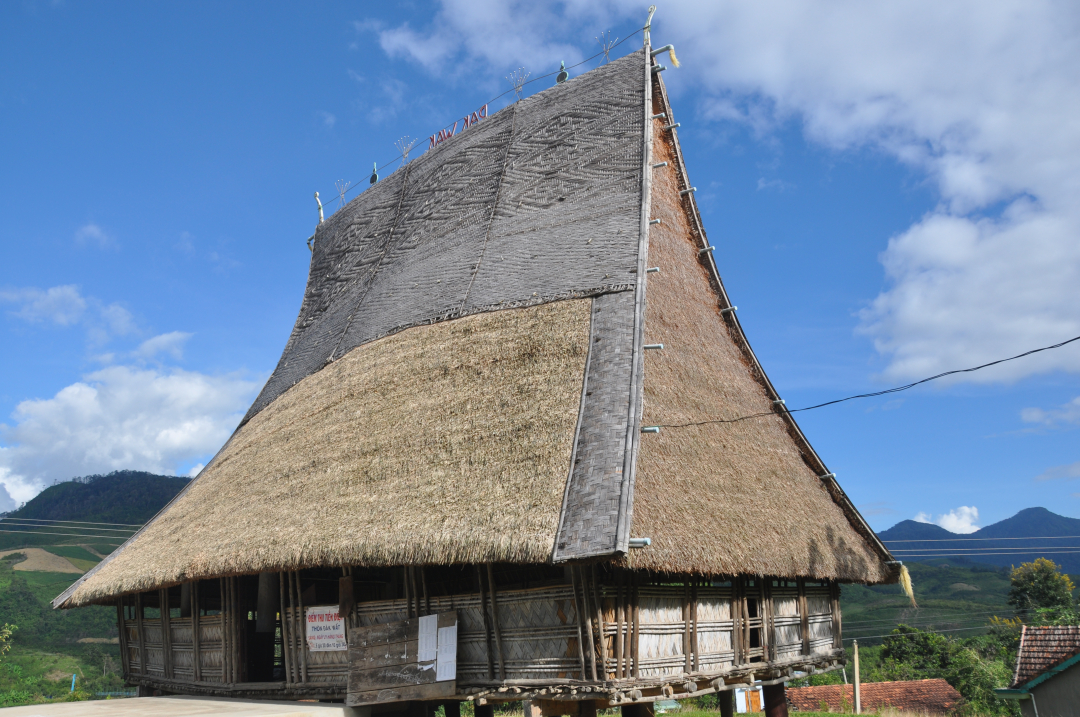 |
| The shirt covers part of the upper and two sides of the roof of the communal house of the Gie - Trieng ethnic group, Dak Glei district, Kon Tum province. |
The standard for recognizing a beautiful communal house is that it must always have a new “coat”. As soon as the house is roofed, the people weave a carpet entirely from rattan, bamboo, and reed with a size equal to the front and back roofs of the communal house. When finished, everyone gathers, joins forces to pull this carpet up high, and covers both sides of the roof with a fresh, bamboo-colored coat.
It can be said that this is the biggest and most beautiful shirt created by the best weavers to celebrate the new communal house of the village. The front roof is decorated with geometric patterns with clusters of squares connected and symmetrical to each other, giving the feeling that the roof is more spacious.
On the top of the roof are delicate decorative panels consisting of consecutive diamond shapes symbolizing the undulating, vast mountains and hills. In many places, people weave small bamboo panels so that when they cover, they cover a part of the roof, usually from the top down to about 1/2 -1/3 of the roof, and small bamboo panels support around the edge of the roof.
By doing this, people save a part of time, effort and materials to create a shirt. This shirt, both closed and open, has the function of reinforcing, keeping it durable, sturdy, avoiding damage, breaking the roof panels, and decorating appropriately in necessary parts and highlights. From there, many decorative panels are created, with balance, harmony and rhythm on the roof of the communal house.
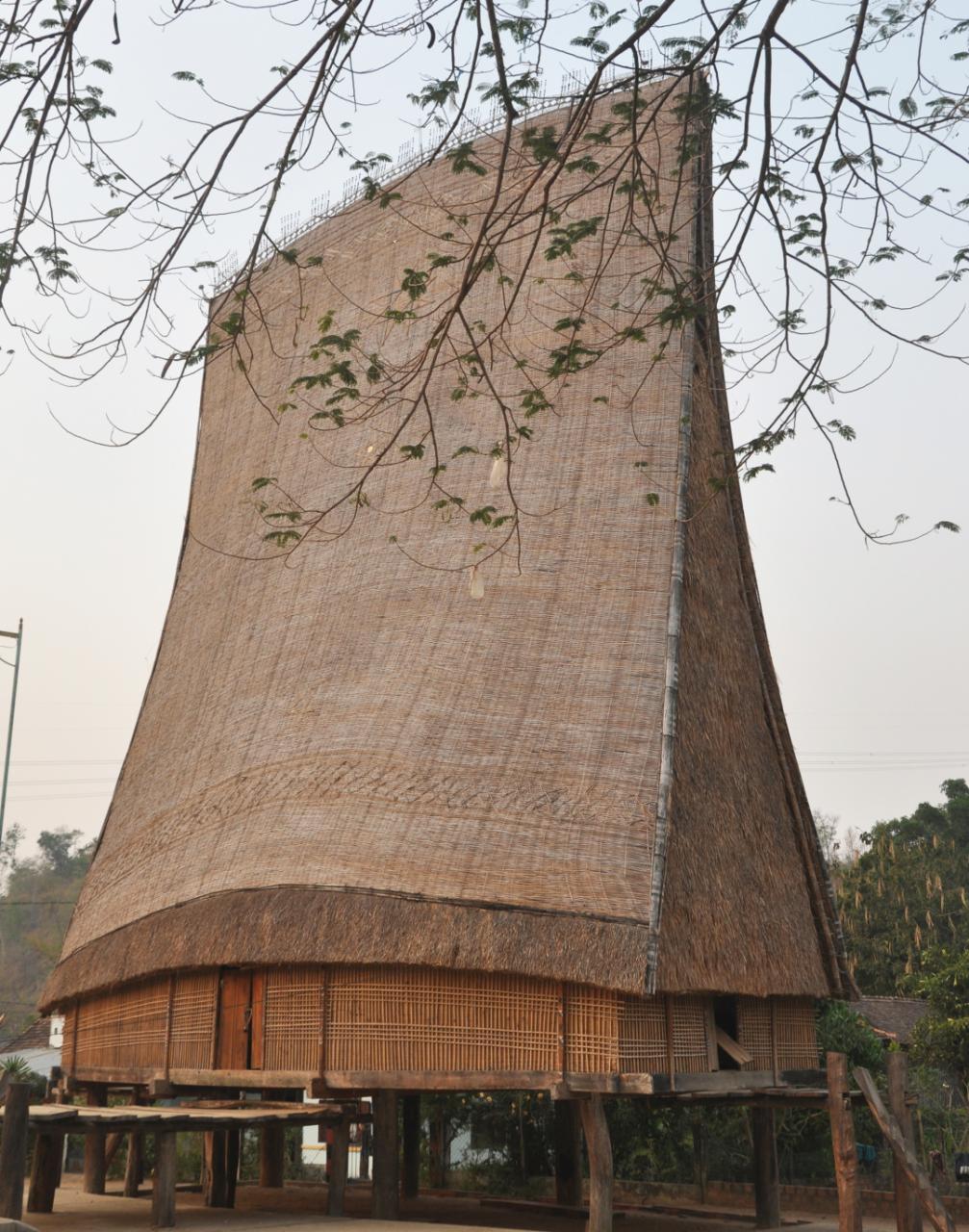 |
| The protective covering of the communal house of the Bhanar people, Kon Tum province. |
In the past, because natural resources such as bamboo, rattan, etc. were abundant and there were many skilled artisans in weaving and decorative arts, the communal houses of the ethnic people always had complete costumes.
In the documentary photos taken by Marcel Ner in the early 20th century in Kon Tum or Jean - Marie Duchange in 1955 in Kon Tum, many impressive ancient communal houses appear. In particular, in the photo series "Tay Nguyen - the magical land" by Jean - Marie Duchange, there are some photos of communal houses with unique architecture with oval doors built vertically. The entire front roof is decorated with eye-catching patterns.
Or documentary photos of the communal house of the Bahnar-Rôngao people recorded by priest Daniel Léger during his work in the Kon Tum diocese in the 1960s show that the communal house also has a new function as a “chapel” for practicing religious rituals. The entrance and roof of the communal house are often arranged with a wooden cross or expressed with woven patterns.
On the roof of the communal house, there are vivid paintings with familiar motifs such as water waves, diamonds, triangles, squares, triangles, pinwheels, and most notably the eight-pointed star pattern, typical of the Central Highlands style. The bamboo panels on the communal house roof are a work of art that is meticulously trimmed and polished.
Nowadays, the owners of this unique architectural heritage can hardly create communal houses with perfect roofs like before. The communal houses found in documentary photos in the museum are models for research and reproduction of architectural lines and decorations imbued with the Central Highlands. Recently, the Bhanar people in Kon Ktu village, Kon Tum province restored an ancient communal house with a "coat" of quite large size. Thanks to the investment of effort and creativity of the contemporary artisans in the village, the people here have recreated and restored the communal house with ancient features, which were "once glorious".
Tan Vinh
Source


![[Photo] Prime Minister Pham Minh Chinh chairs the regular Government meeting in March](https://vstatic.vietnam.vn/vietnam/resource/IMAGE/2025/4/6/8393ea0517b54f6791237802fe46343b)
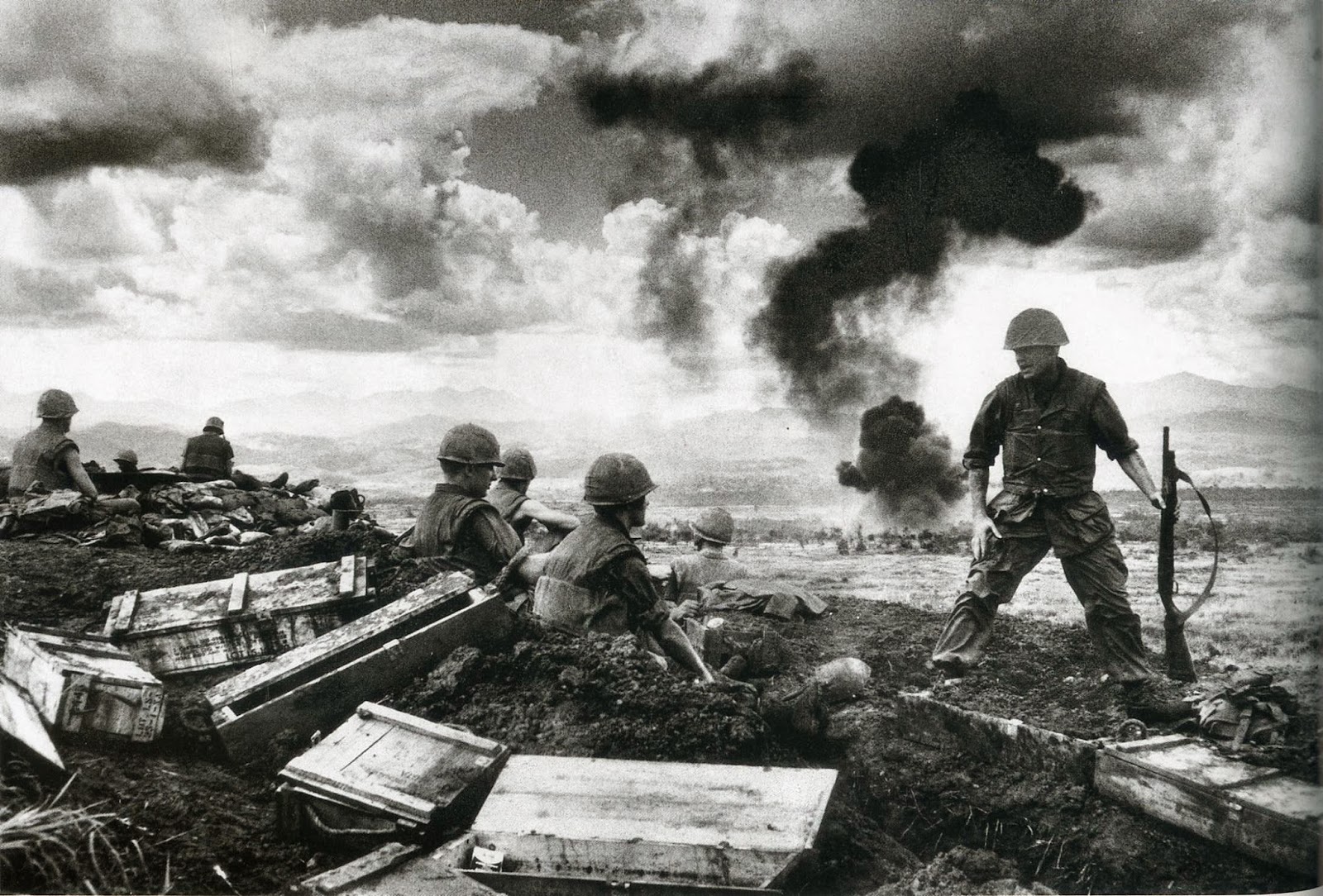
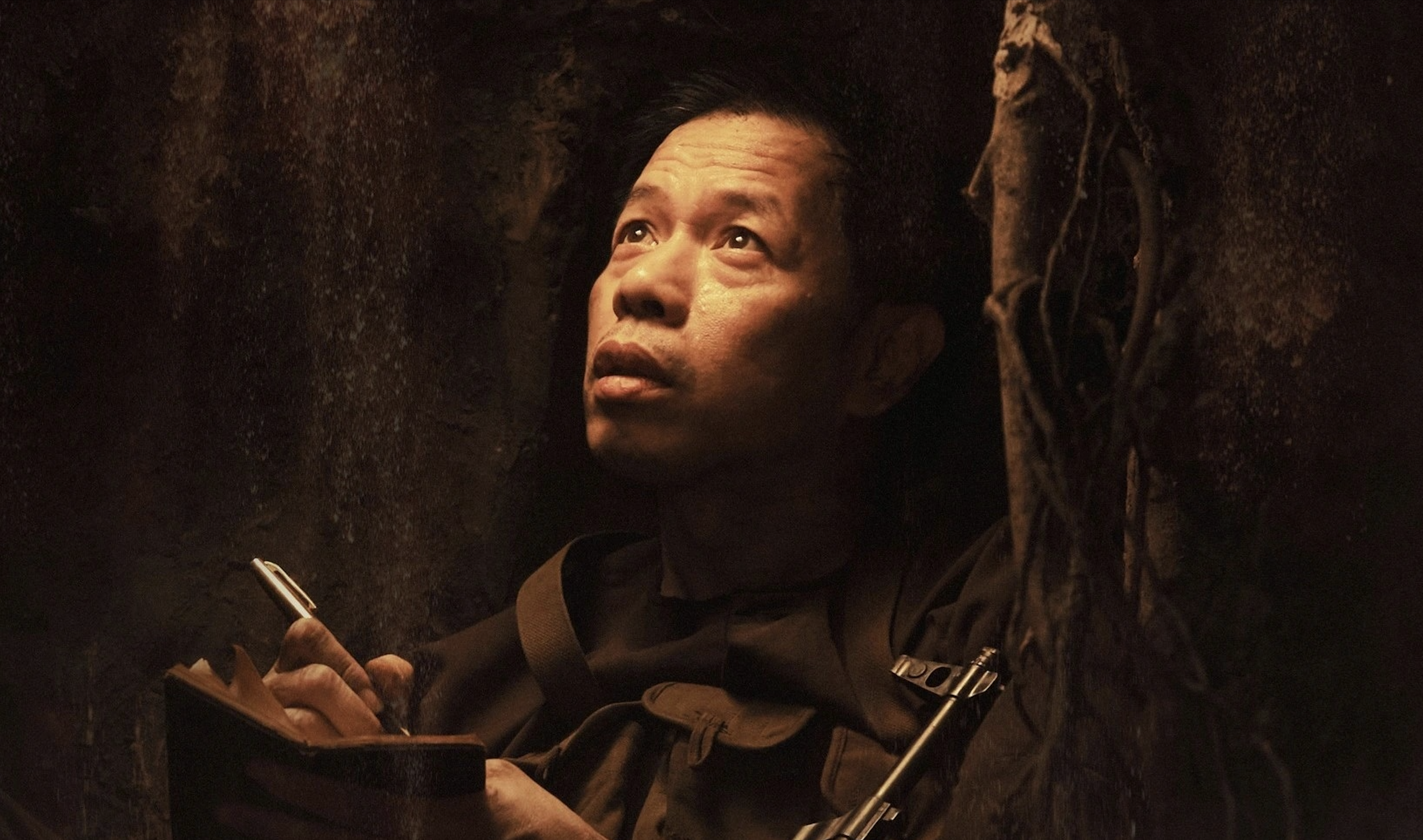

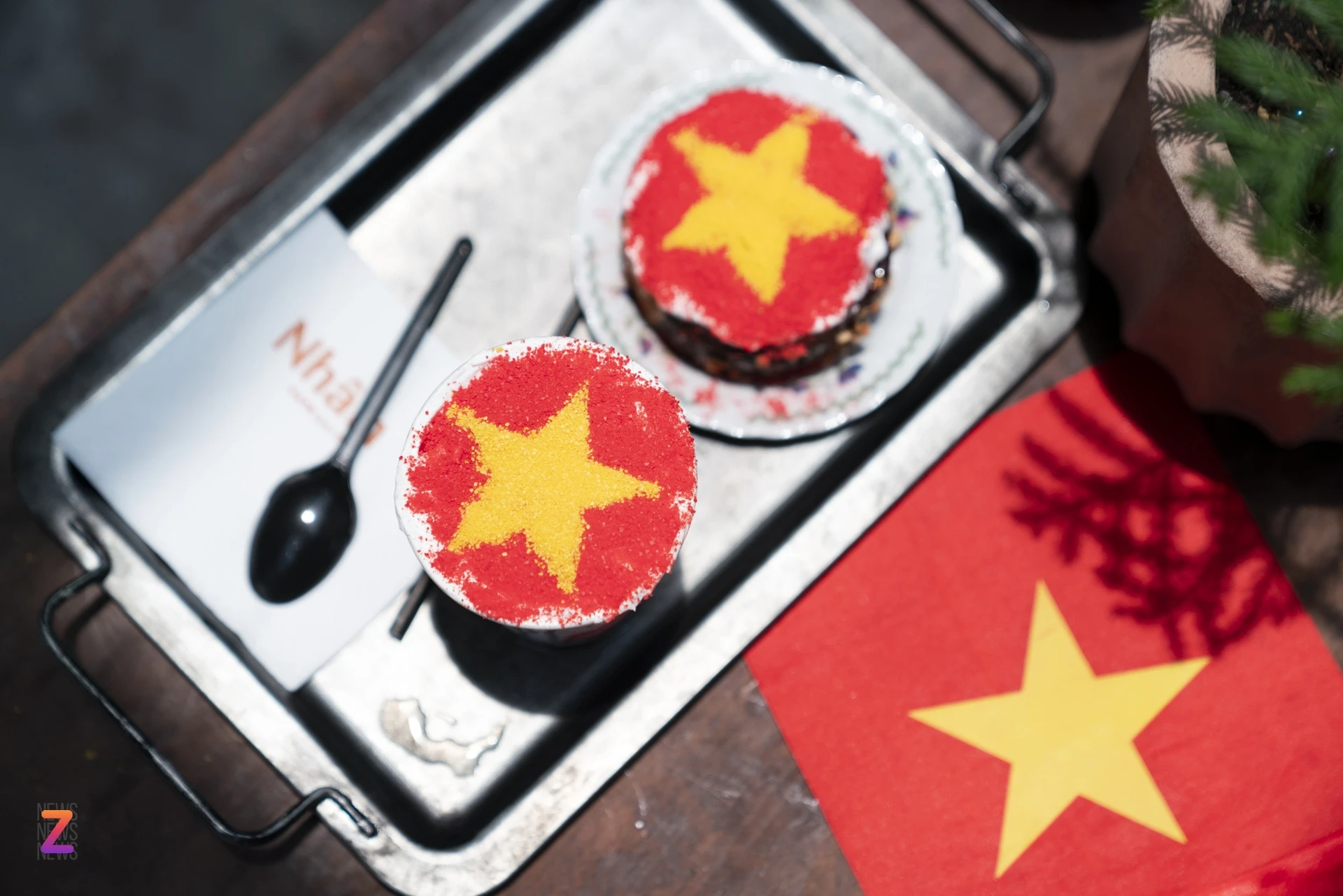
![[Photo] Military doctors in the epicenter of Myanmar](https://vstatic.vietnam.vn/vietnam/resource/IMAGE/2025/4/6/fccc76d89b12455c86e813ae7564a0af)
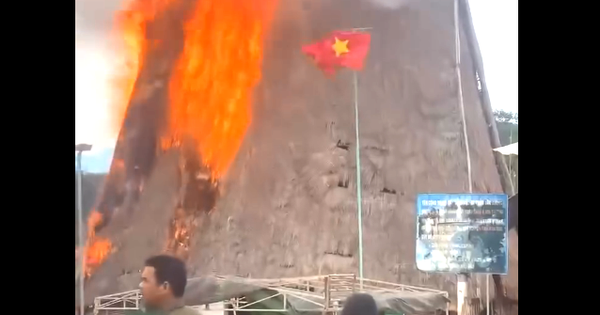
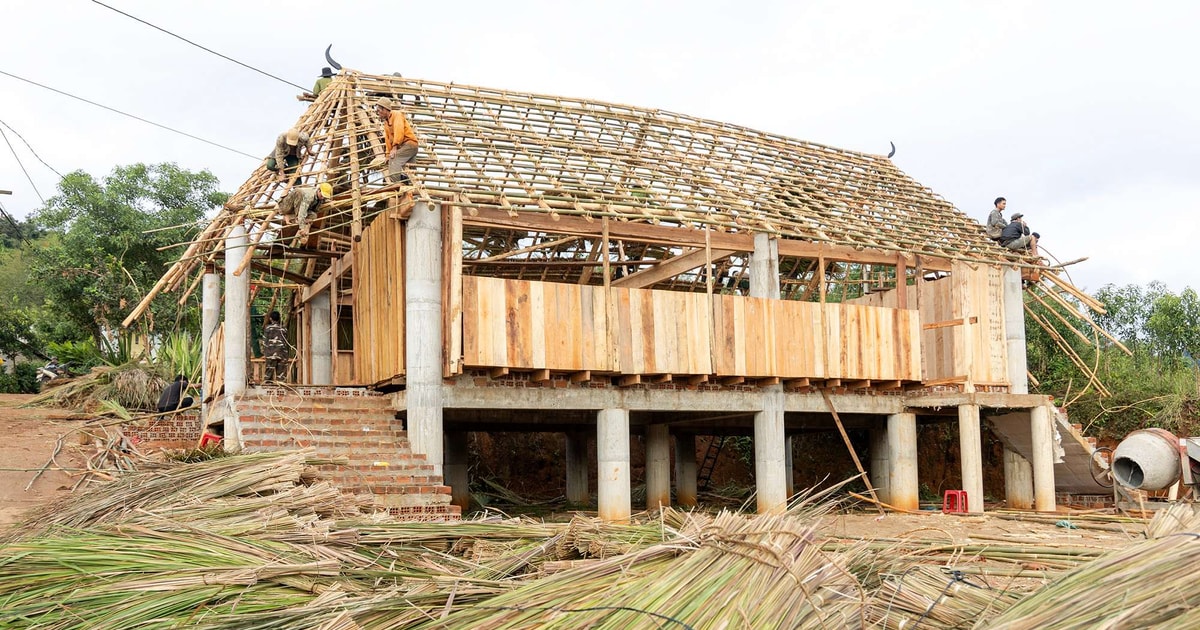


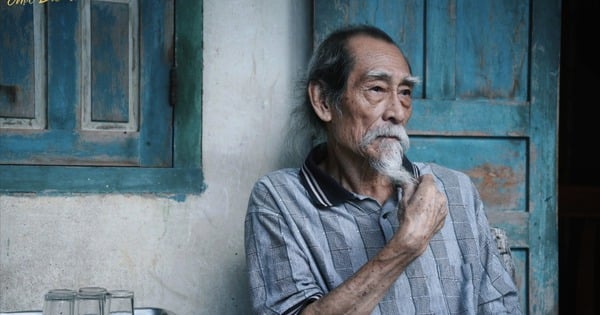

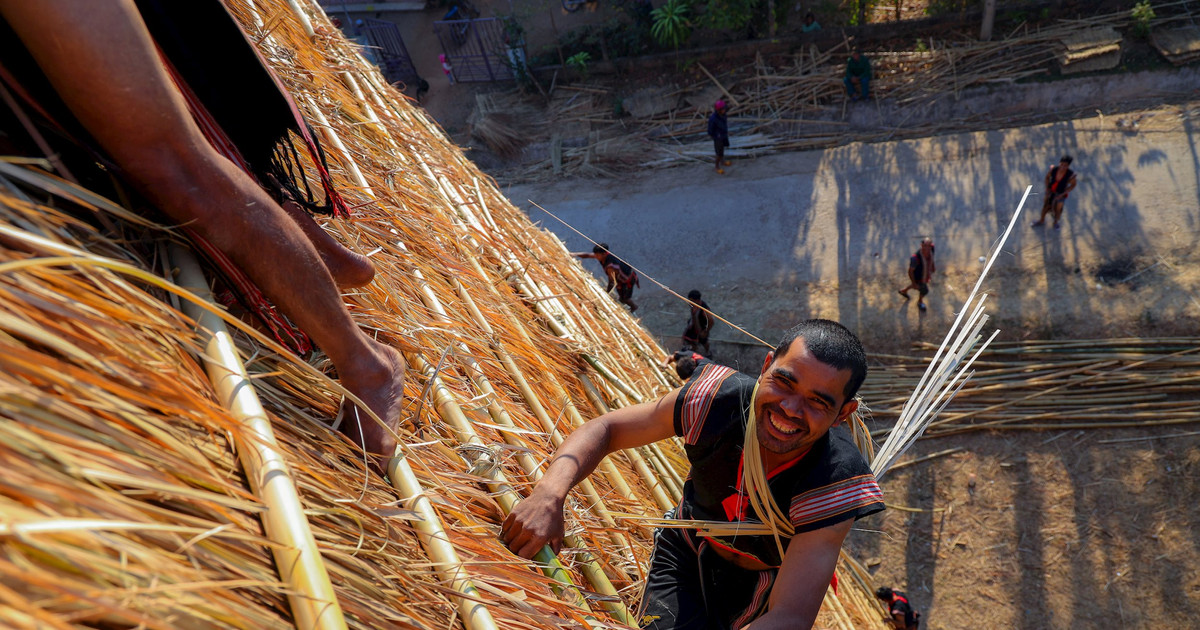
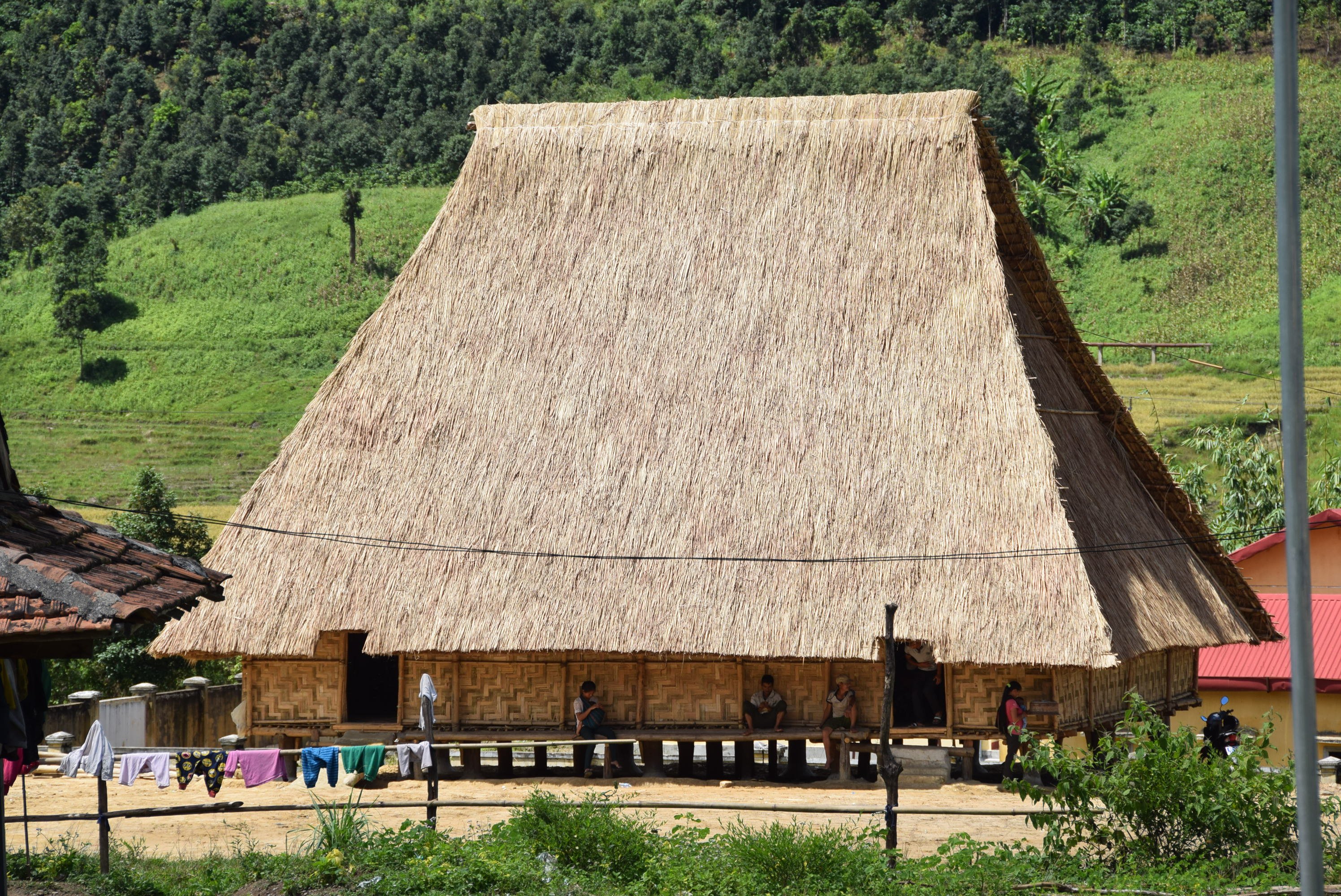

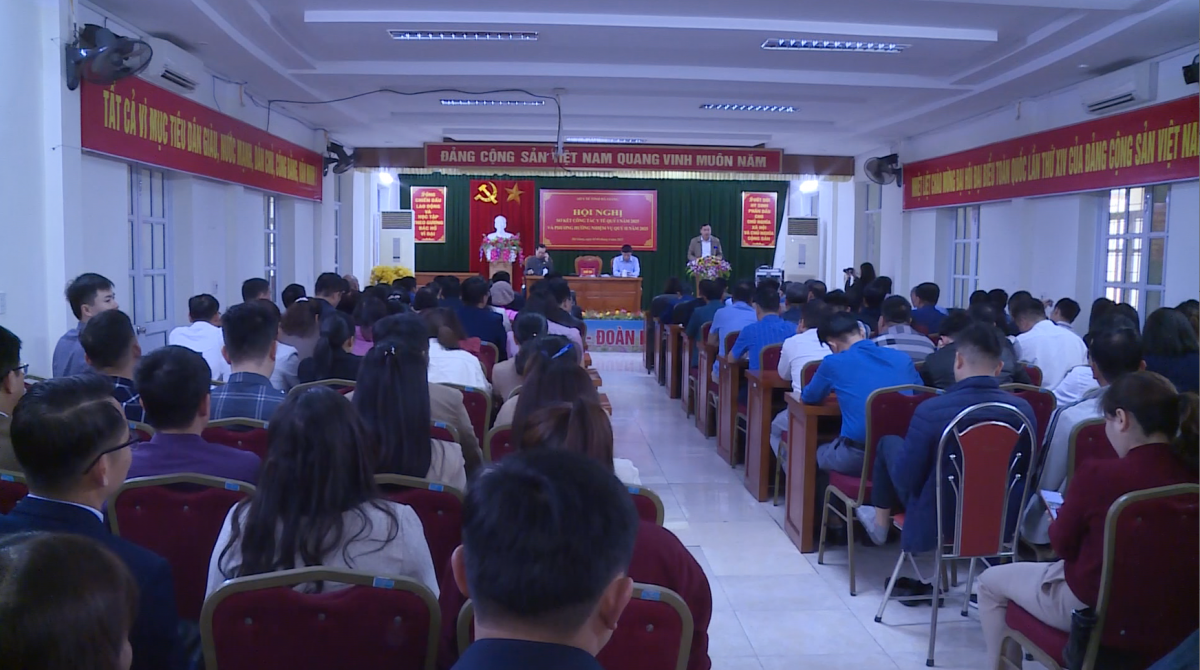

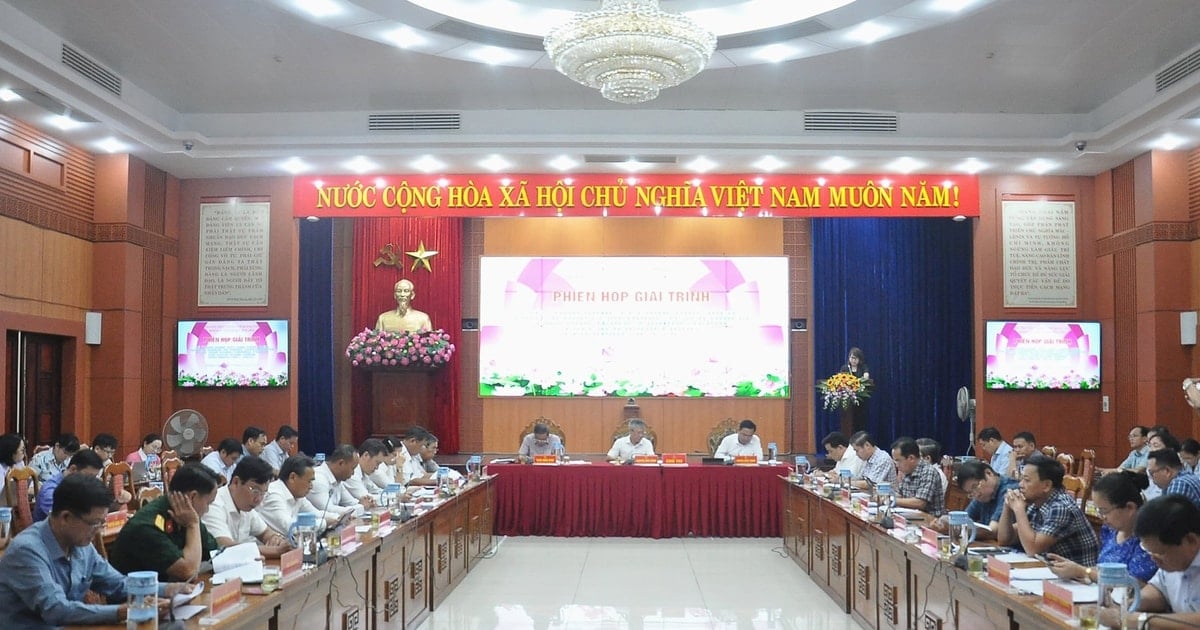
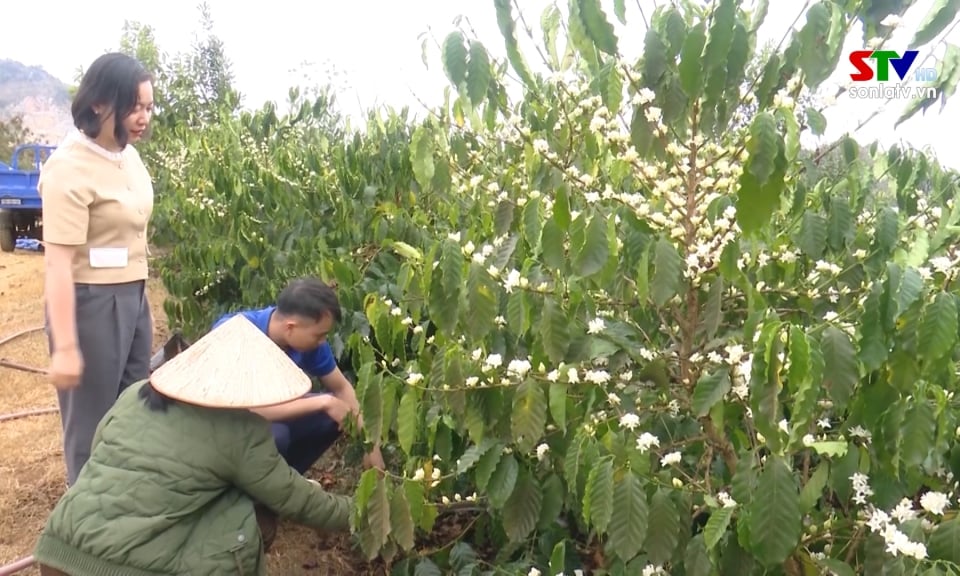



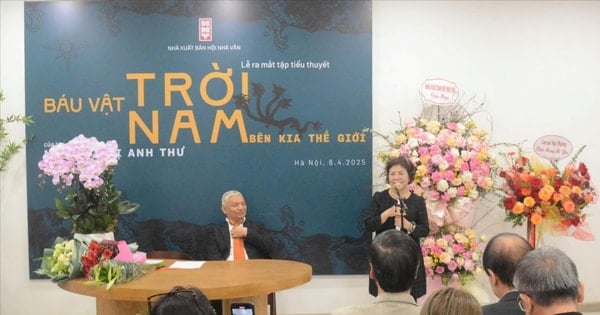
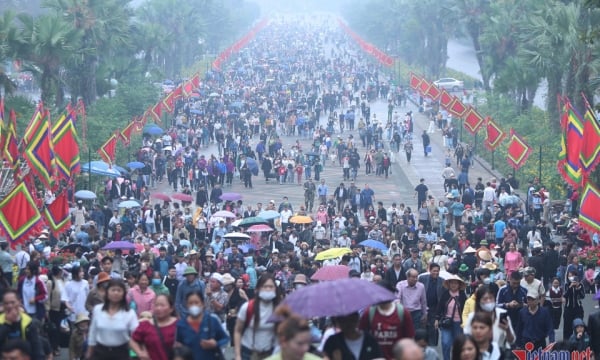
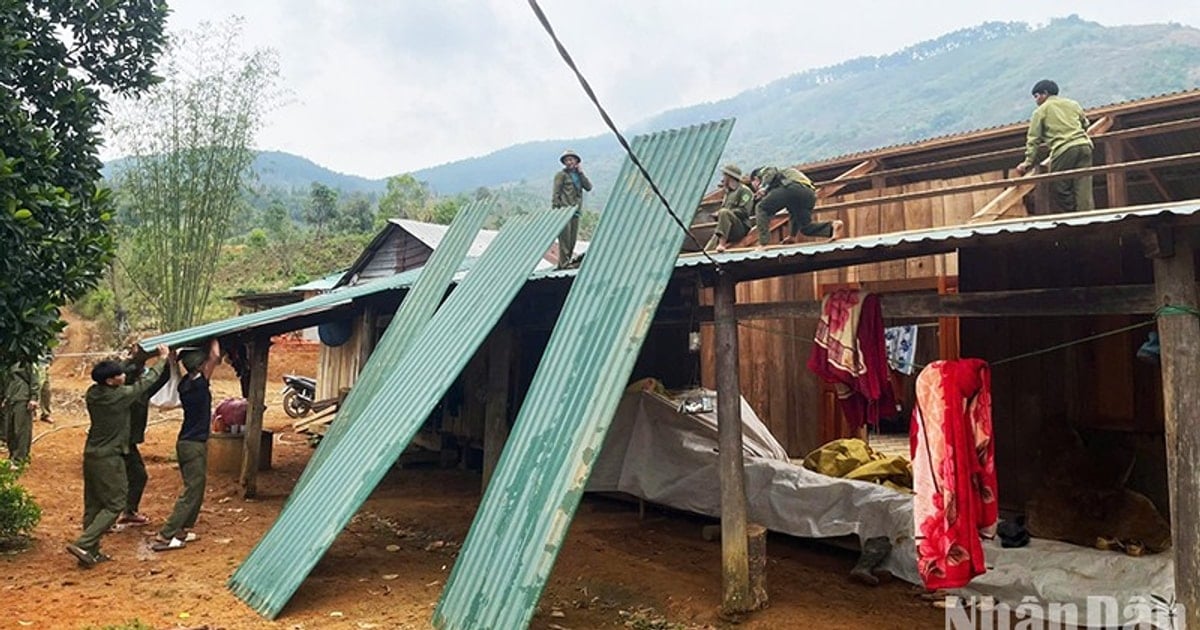
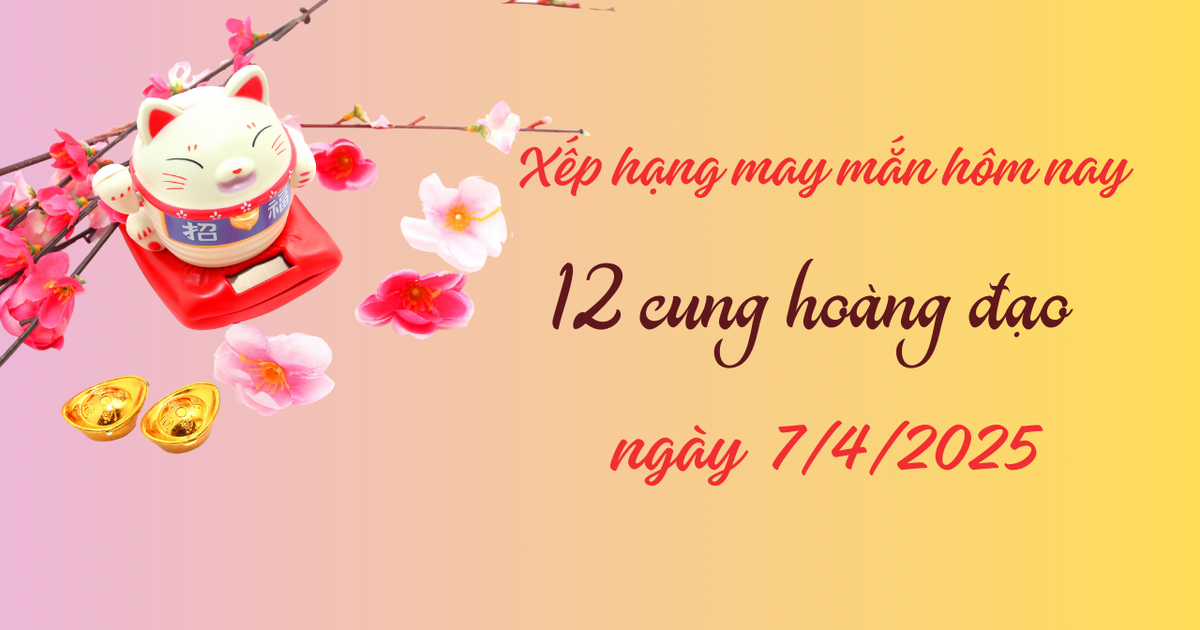

![[Photo] Quang Binh: Bright yellow vermicelli flowers in Le Thuy village](https://vstatic.vietnam.vn/vietnam/resource/IMAGE/2025/4/6/80efad70a1d8452581981f8bdccabc9d)
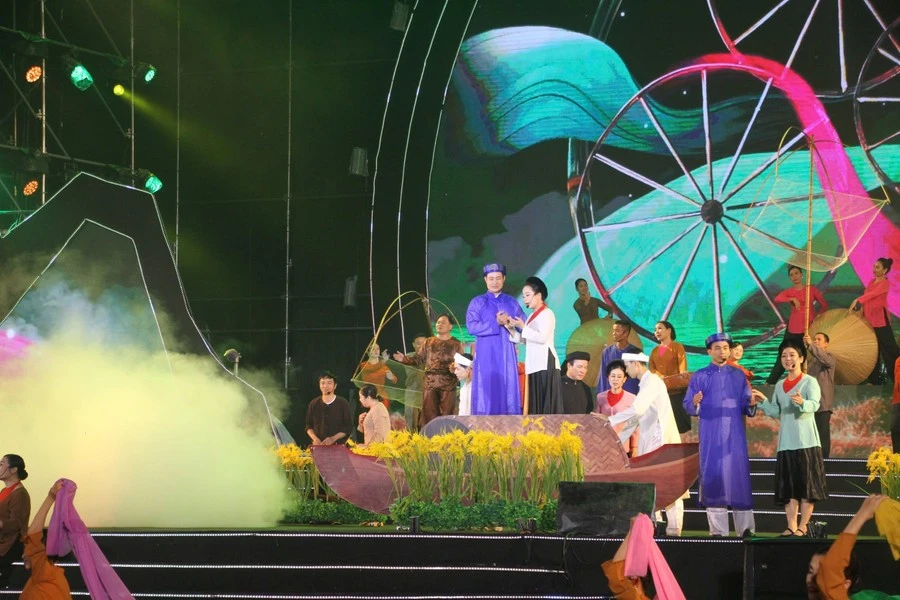

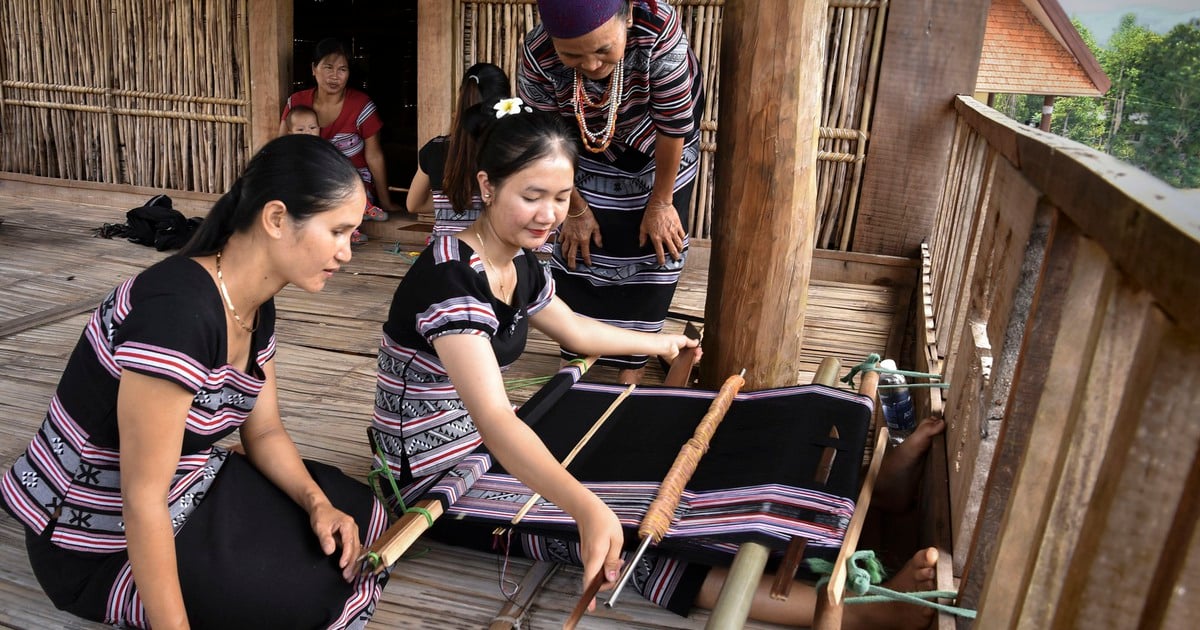



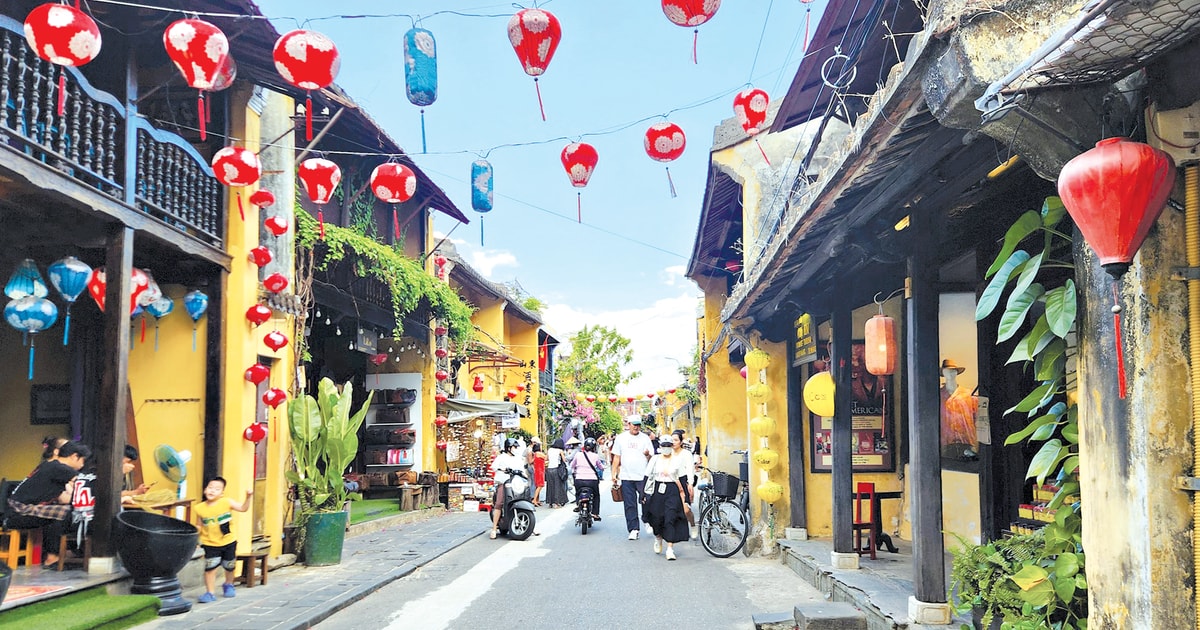

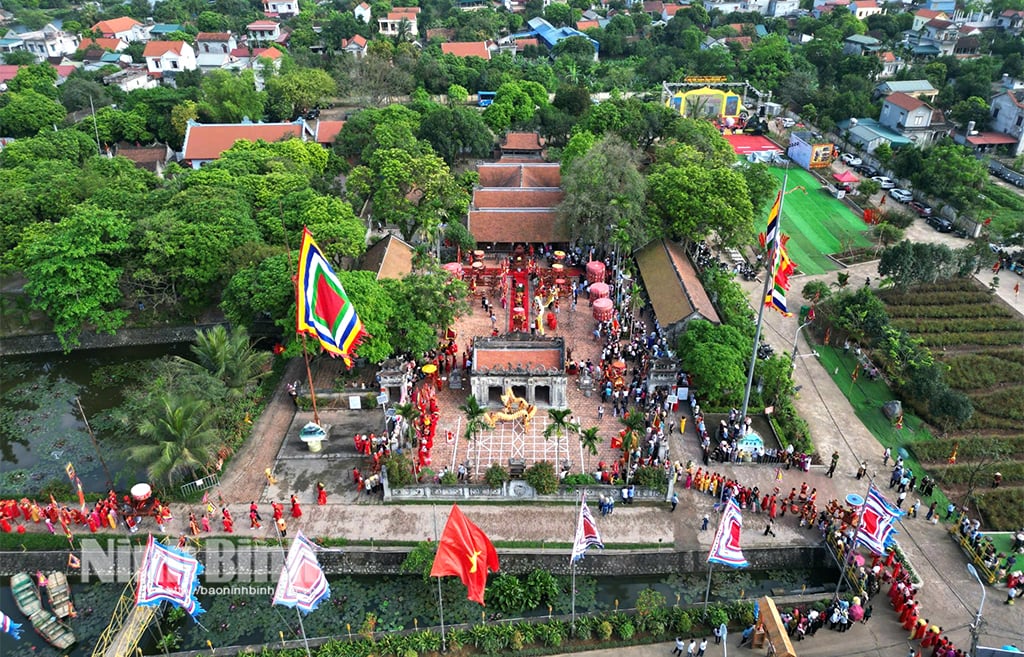



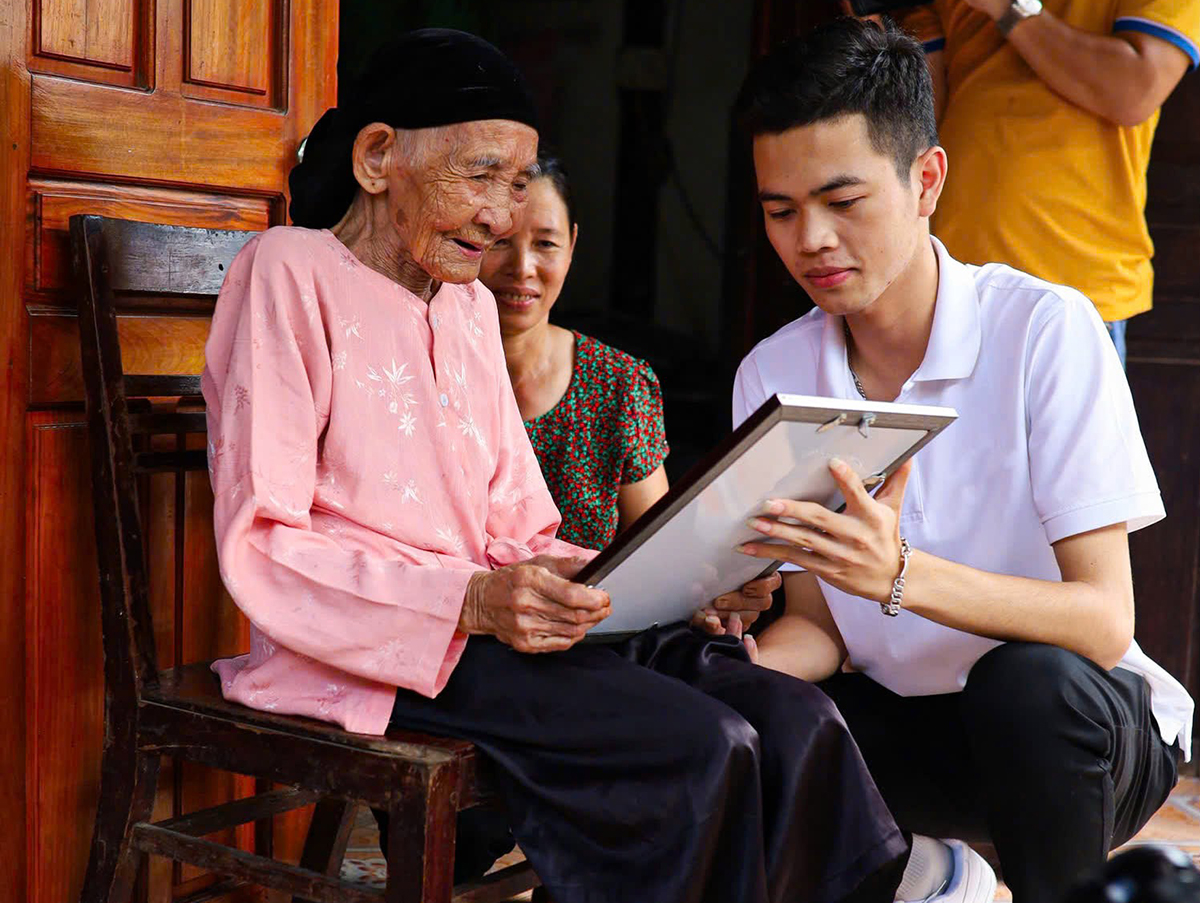

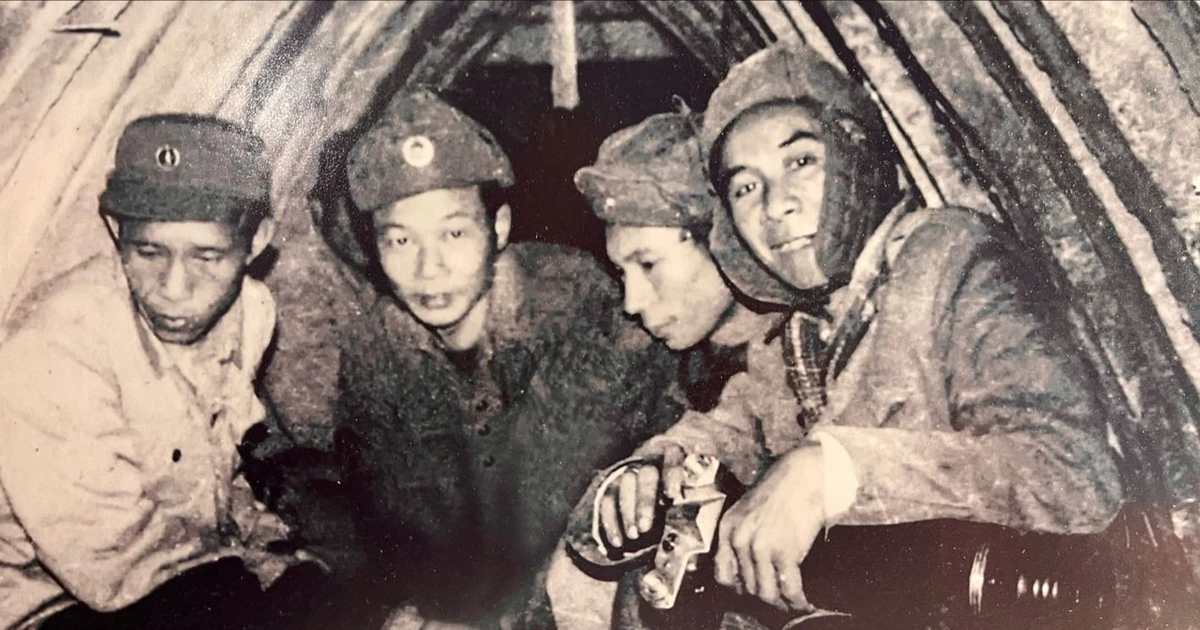

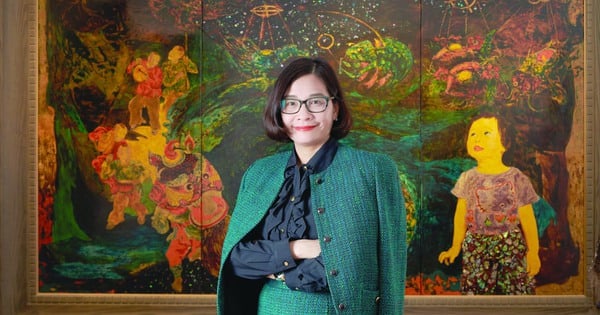

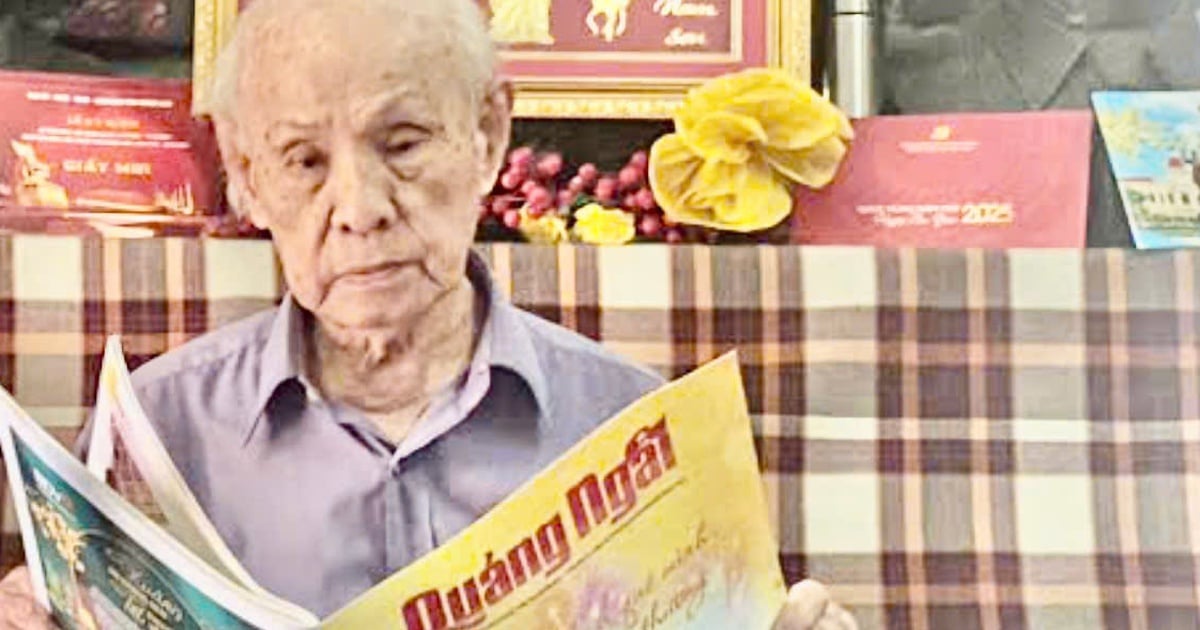
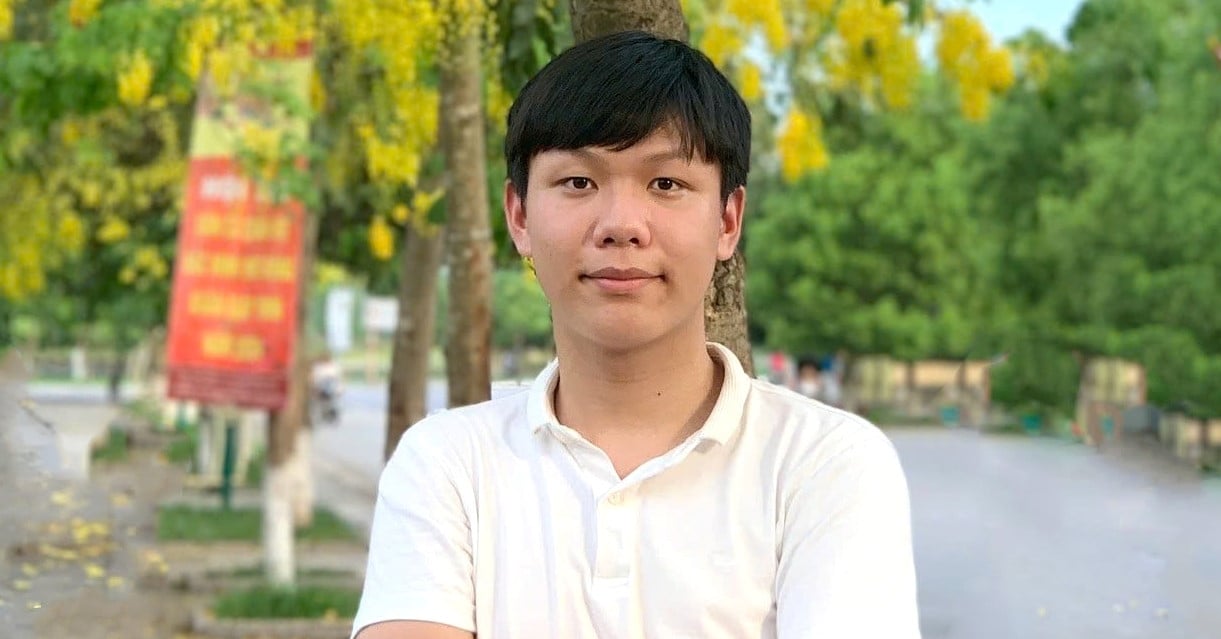

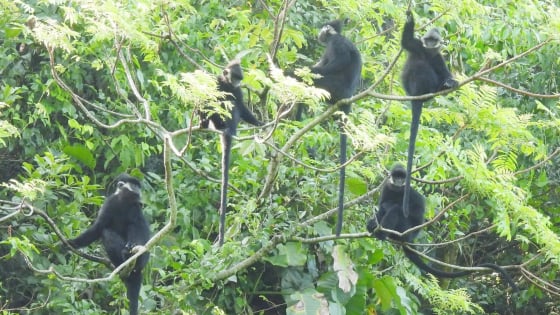

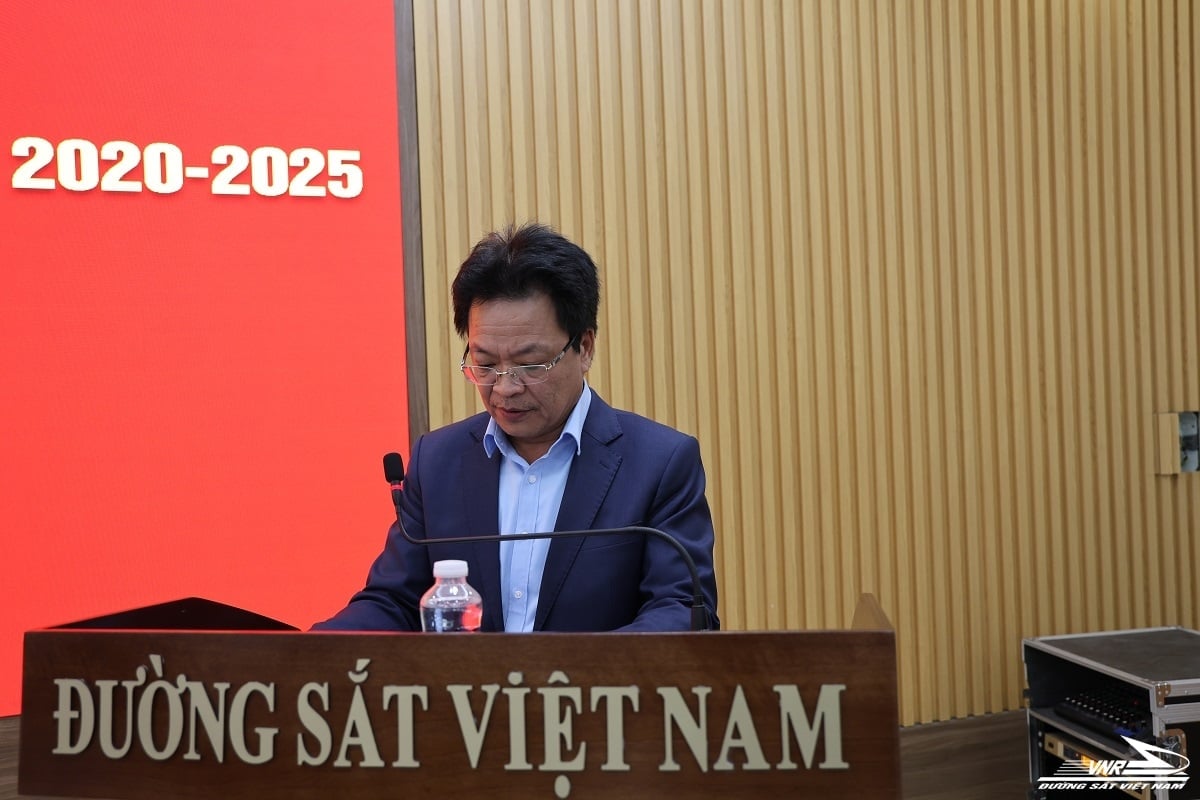
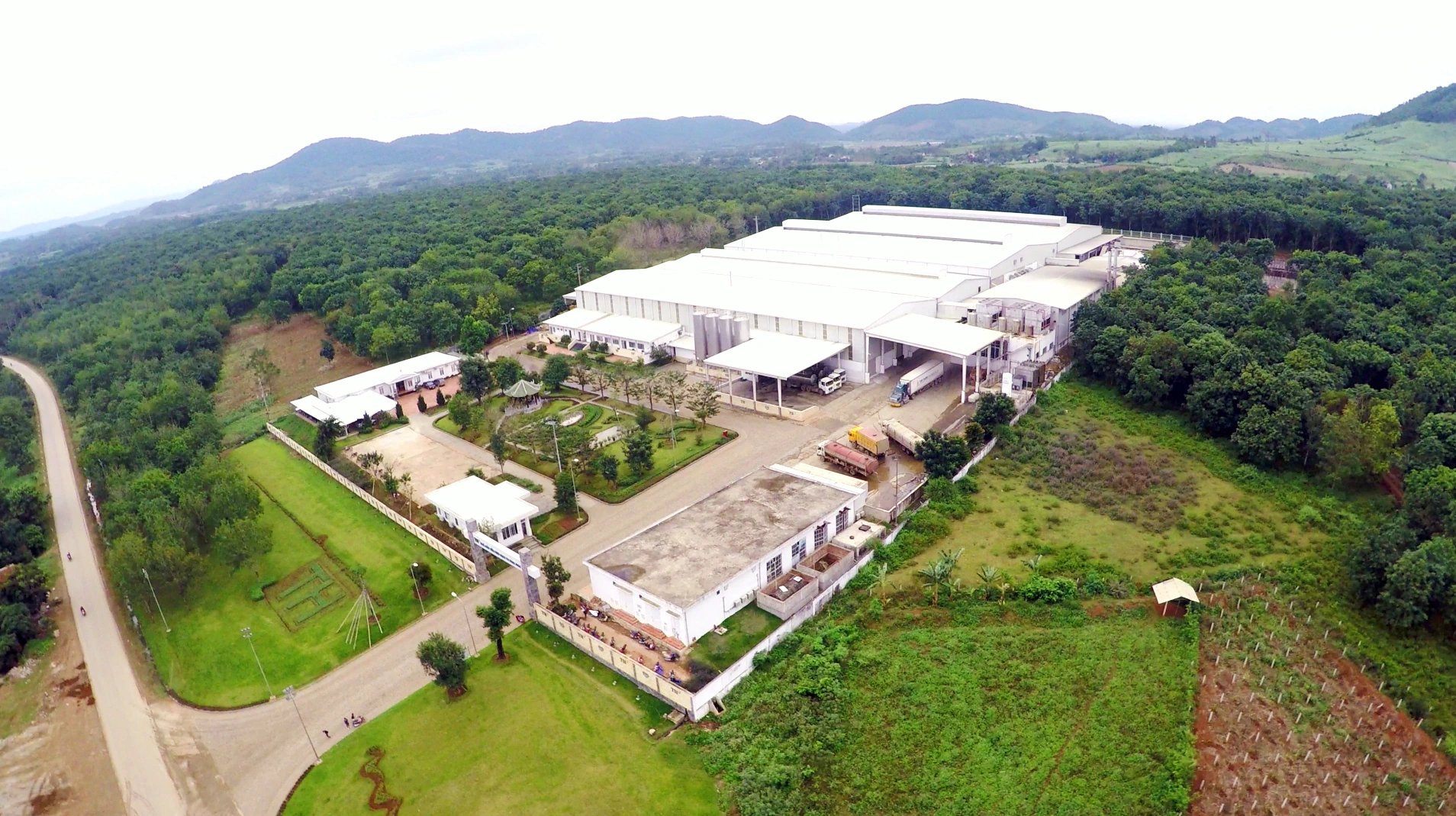












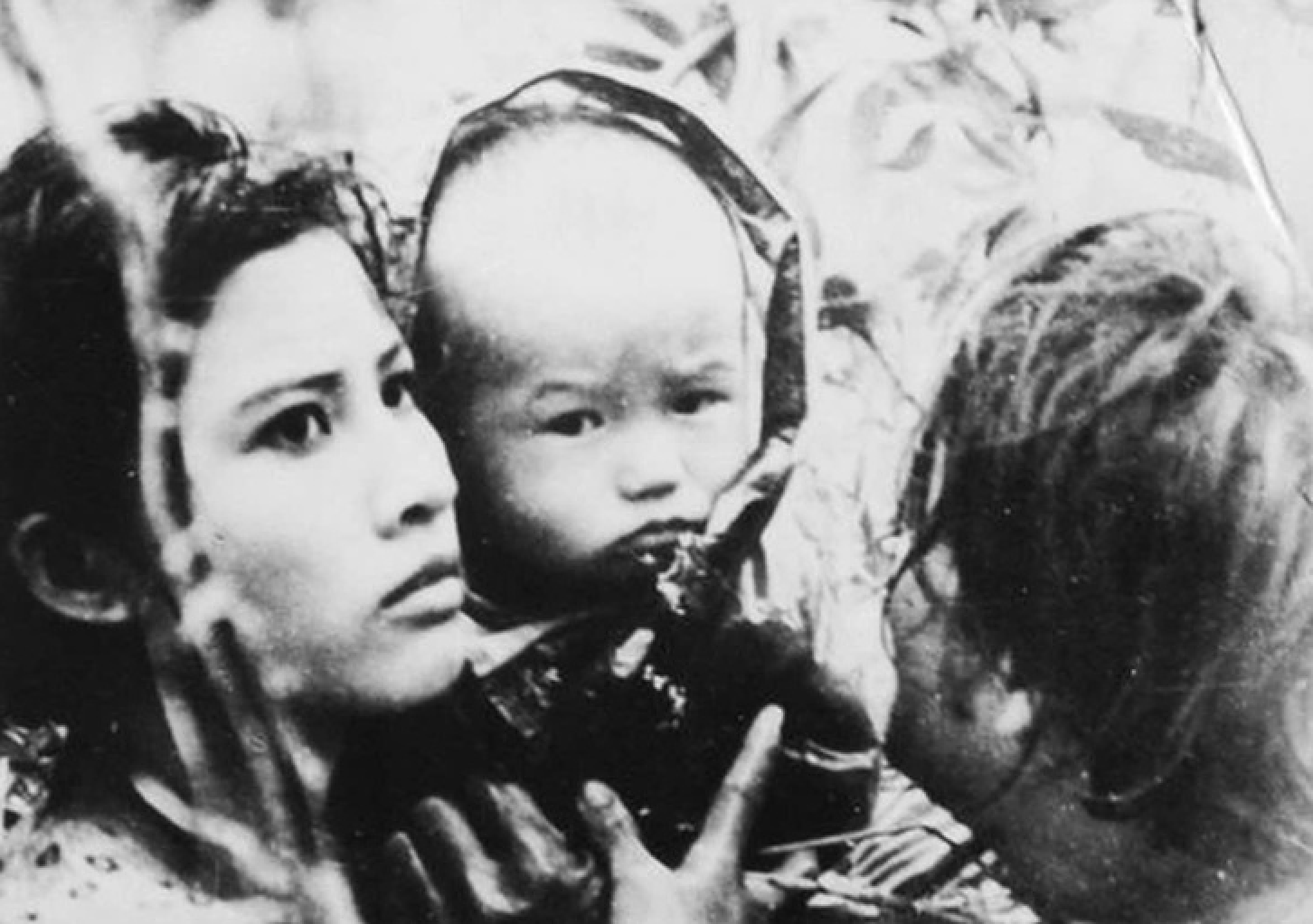








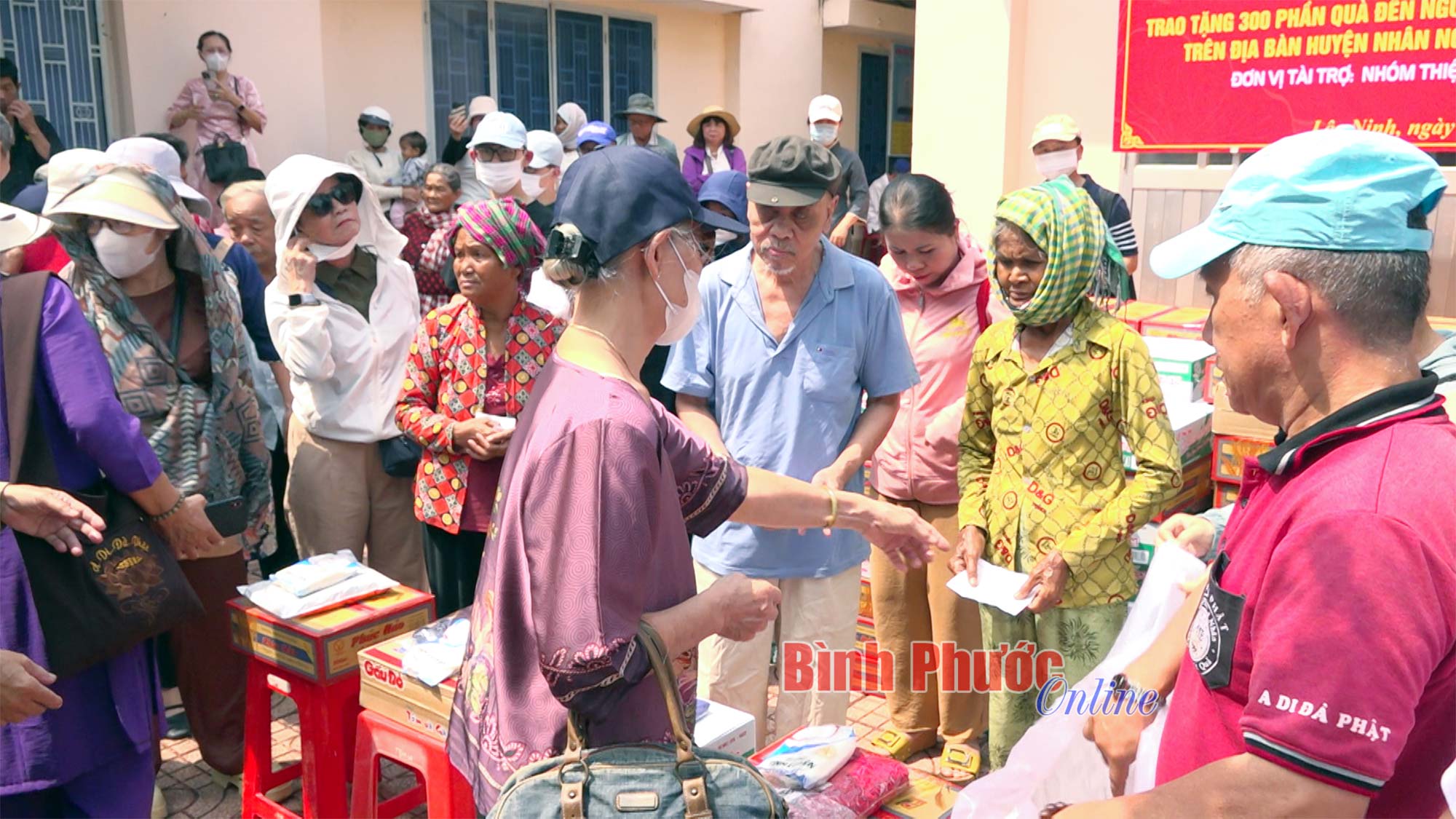

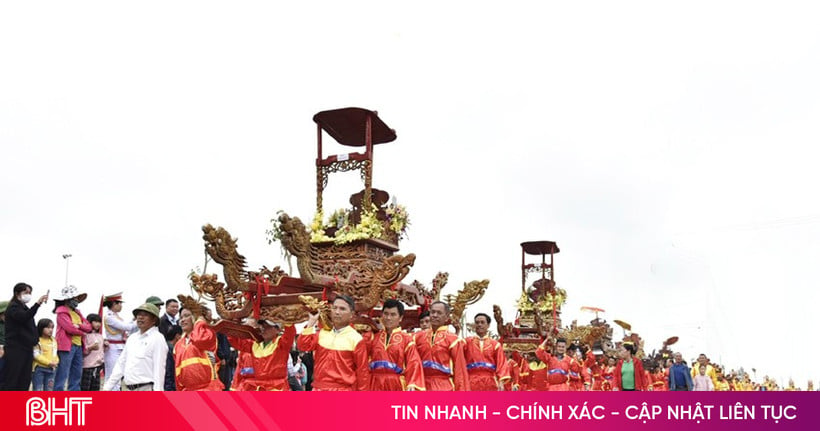

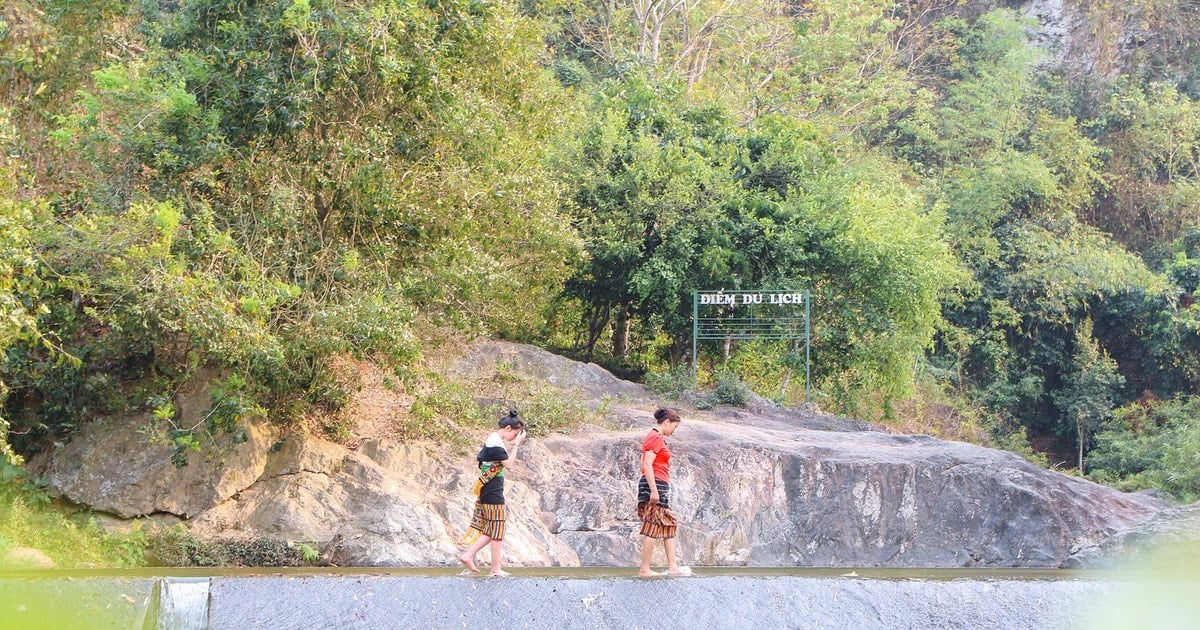



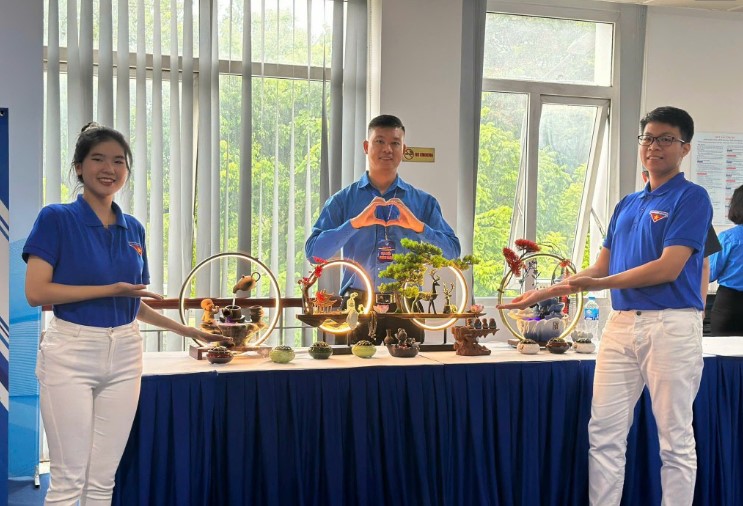
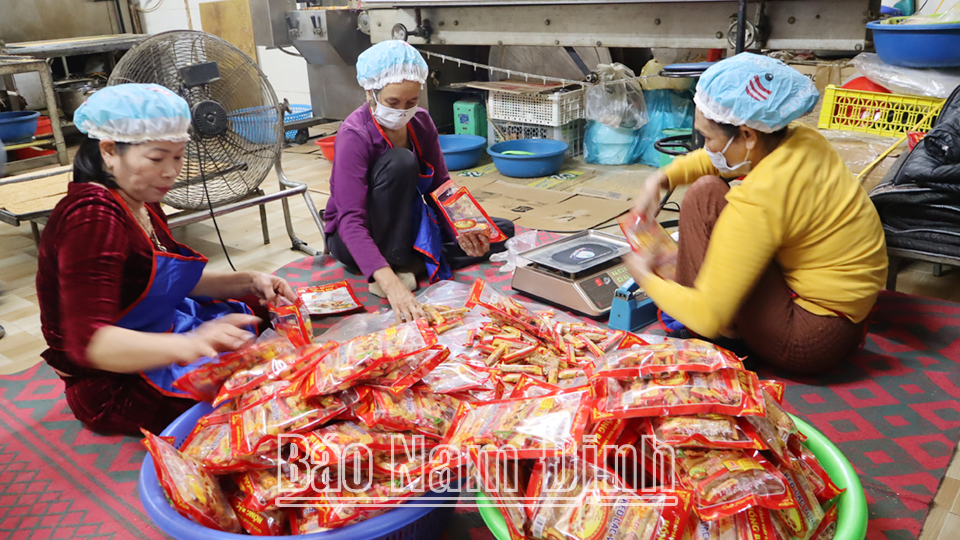





Comment (0)